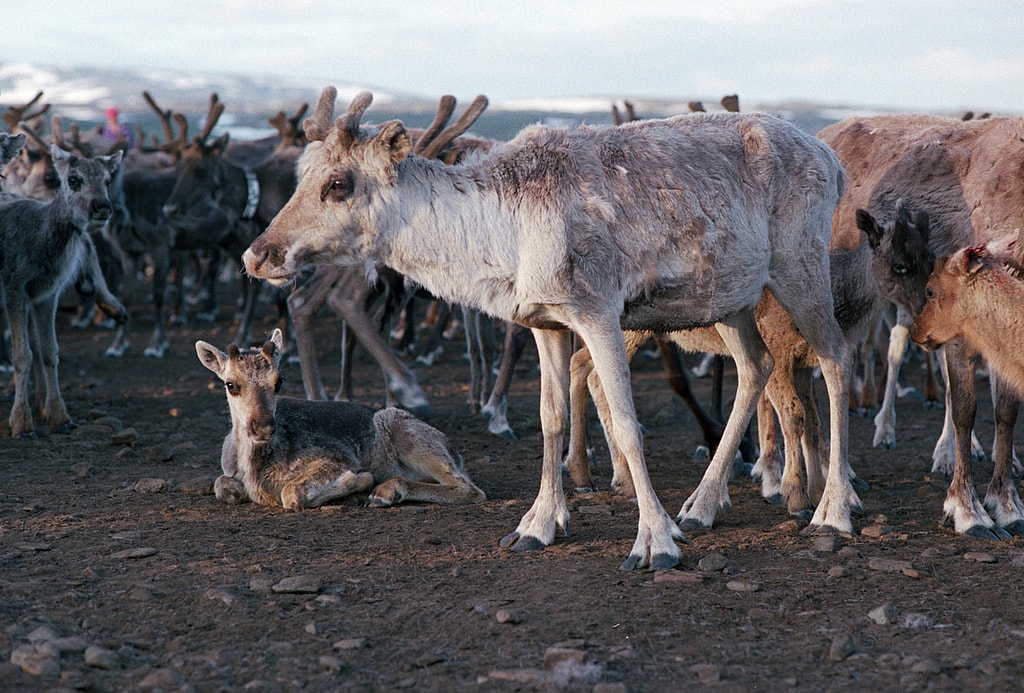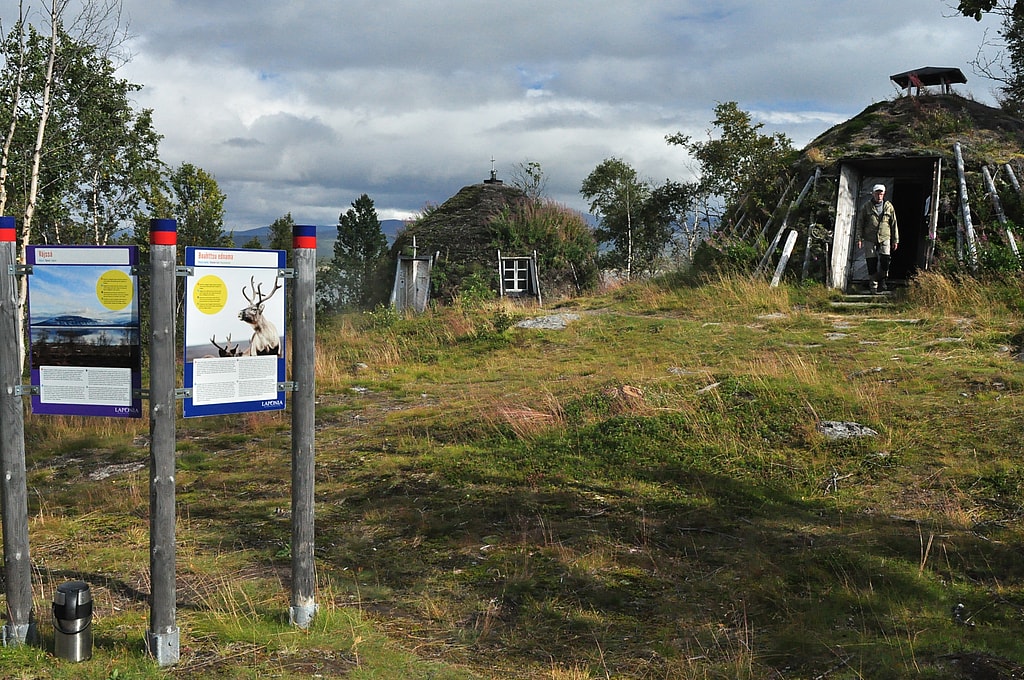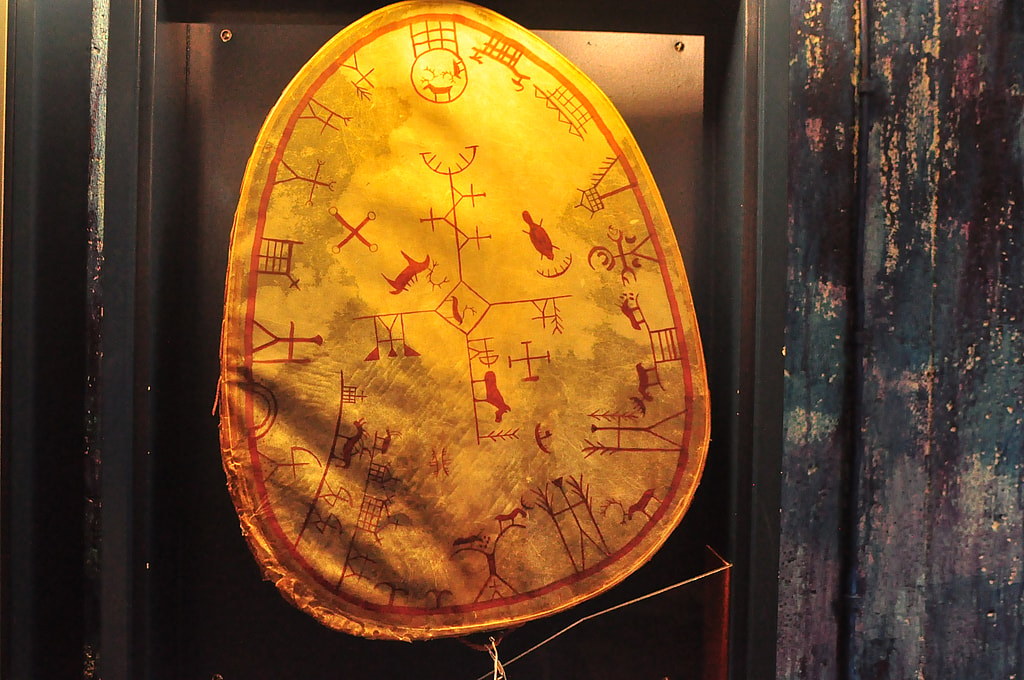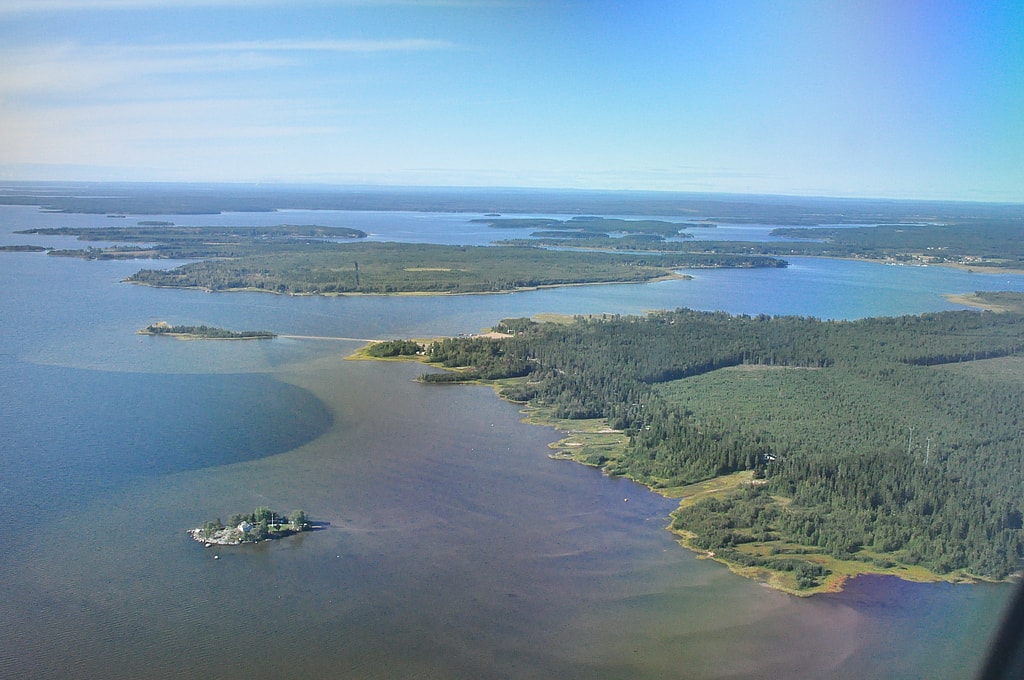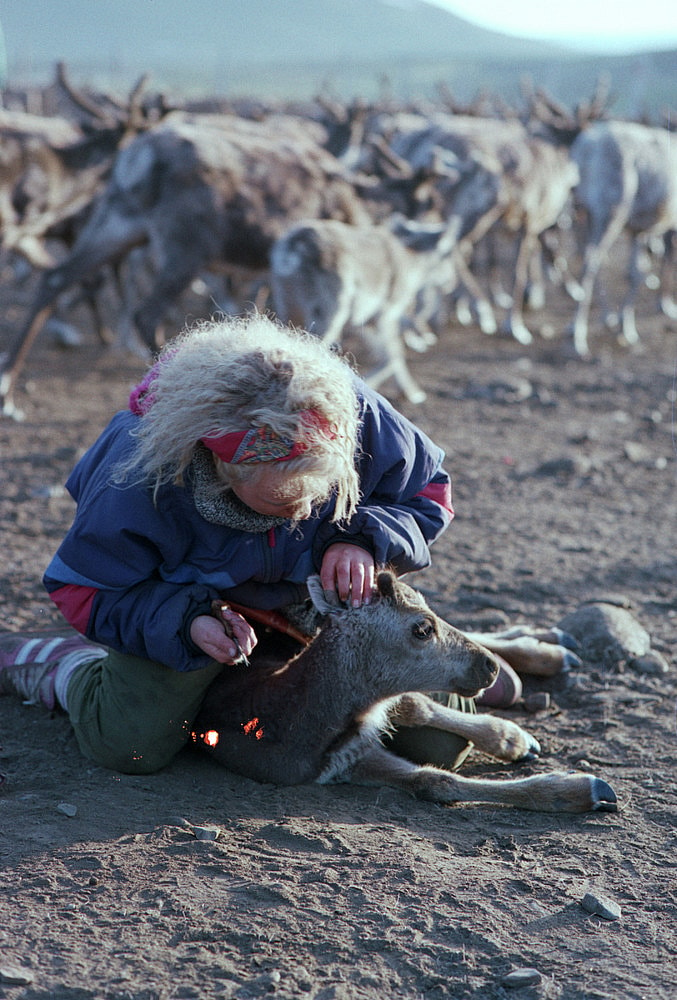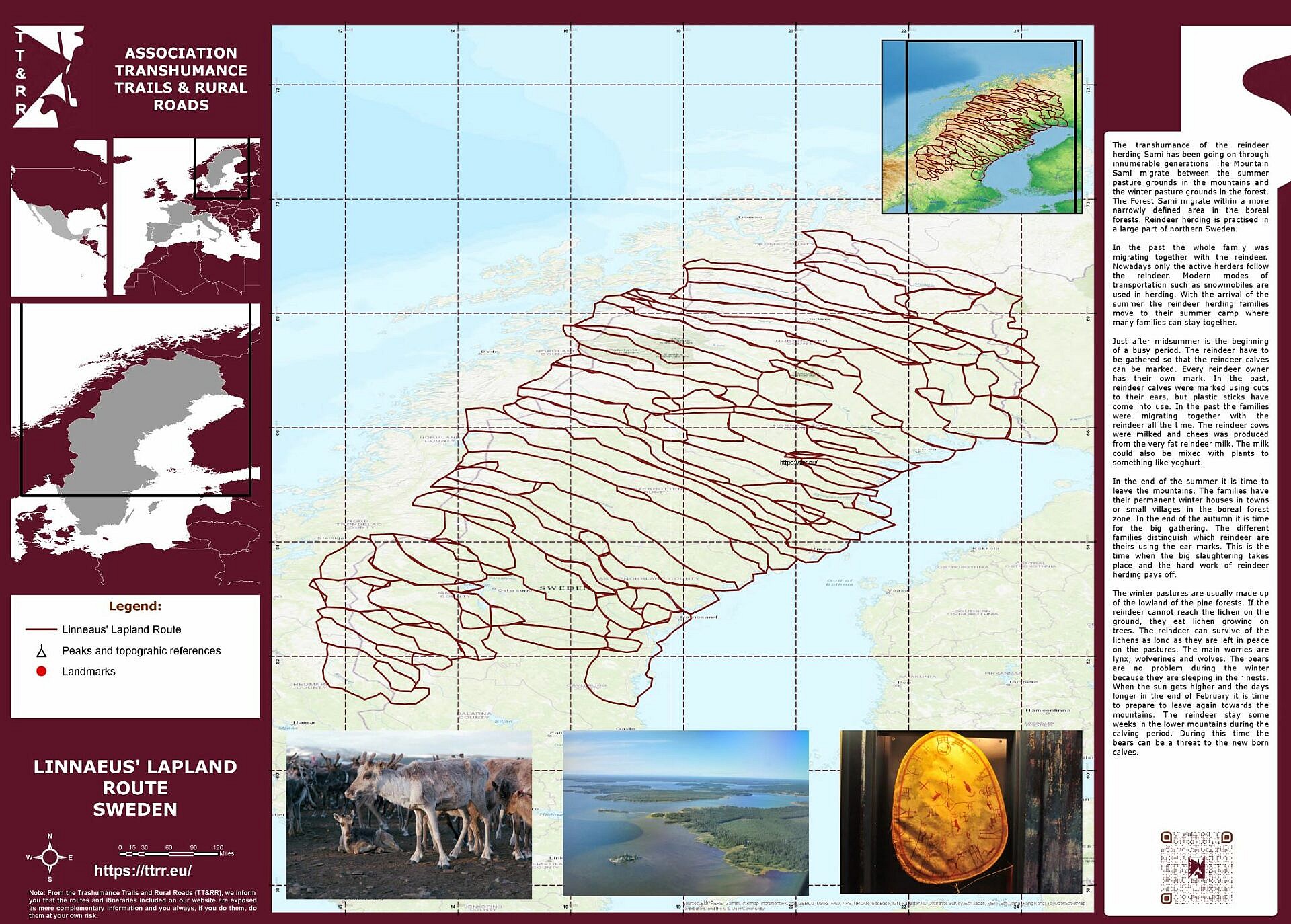Transhumance in northernmost Europe – the reindeer herding Sami people
The transhumance of the reindeer herding Sami has been going on through innumerable generations. The Mountain Sami migrate between the summer pasture grounds in the mountains and the winter pasture grounds in the forest. The Forest Sami migrate within a more narrowly defined area in the boreal forests. Reindeer herding is practised in a large part of northern Sweden.
In the past the whole family was migrating together with the reindeer. Nowadays only the active herders follow the reindeer. Modern modes of transportation such as snowmobiles are used in herding. With the arrival of the summer the reindeer herding families move to their summer camp where many families can stay together.
Just after midsummer is the beginning of a busy period. The reindeer have to be gathered so that the reindeer calves can be marked. Every reindeer owner has their own mark. In the past, reindeer calves were marked using cuts to their ears, but plastic sticks have come into use. In the past the families were migrating together with the reindeer all the time. The reindeer cows were milked and chees was produced from the very fat reindeer milk. The milk could also be mixed with plants to something like yoghurt.
In the end of the summer it is time to leave the mountains. The families have their permanent winter houses in towns or small villages in the boreal forest zone. In the end of the autumn it is time for the big gathering. The different families distinguish which reindeer are theirs using the ear marks. This is the time when the big slaughtering takes place and the hard work of reindeer herding pays off.
The winter pastures are usually made up of the lowland of the pine forests. If the reindeer cannot reach the lichen on the ground, they eat lichen growing on trees. The reindeer can survive of the lichens as long as they are left in peace on the pastures. The main worries are lynx, wolverines and wolves. The bears are no problem during the winter because they are sleeping in their nests. When the sun gets higher and the days longer in the end of February it is time to prepare to leave again towards the mountains. The reindeer stay some weeks in the lower mountains during the calving period. During this time the bears can be a threat to the new born calves.
An example from Lapland – The Samebys in Laponia
Laponia is a World Heritage site in northern Sweden. It is a mixed site for both nature and the living culture. Its 9400 square kilometres of territory consists of highly valued assets for nature conservation and culture. The area is vast and includes four national parks and two nature reserves and an indigenous culture, the Sami culture. There are nine active Samebys within the Laponia World Heritage Site.
A Sameby is both a form of economic cooperation and a social community for its reindeer herding members. In time gone by the reindeer herders with their families migrated together with the reindeer. They lived in portable tents, goathi but today the families’ lives in huts. During the time for marking the calves tents are still in use. Although modern modes of transportation are in use the reindeer follow their old migration trails. The migrations trails are very important for reindeer herding in Laponia. The transhumance trails stretches outside Laponia towards the winter pasture grounds.
(Kjell-Åke Aronsson)

